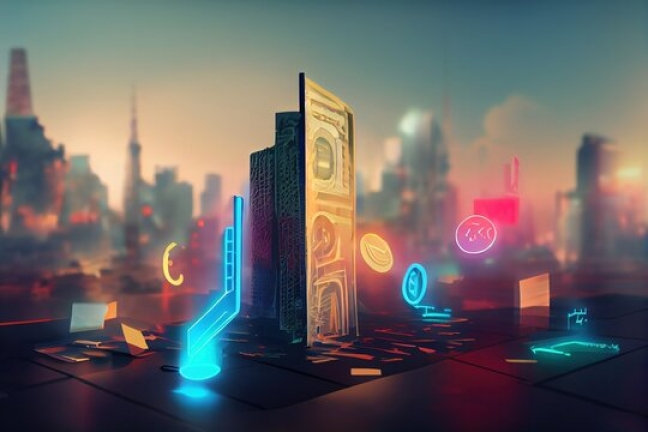In recent years, the world of digital ownership and art has undergone a transformative evolution through the rise of NFTs (Non-Fungible Tokens). These unique digital assets have not only revolutionized the art industry but have also found their way into various sectors like gaming, music, and collectibles. If you're intrigued by the potential of NFTs and want to capitalize on this trend, developing your own NFT marketplace clone could be a promising venture. In this blog post, we'll walk you through the essential steps of NFT marketplace clone development.
Understanding the Basics
Before diving into the development process, it's crucial to understand the fundamental concepts of NFTs and NFT marketplaces. NFTs are digital tokens that represent ownership of a specific item, image, music, video, or any other digital content. NFTs are built on blockchain technology, which ensures their authenticity, scarcity, and provenance.
An NFT marketplace is a platform where users can buy, sell, and trade NFTs. Creating a marketplace clone involves replicating the functionalities of an existing successful NFT marketplace, like OpenSea, Rarible, or Foundation.
Steps to Develop Your NFT Marketplace Clone
1. Market Research:
Before embarking on the development journey, conduct thorough market research. Analyze existing NFT marketplaces to understand their features, user experience, and shortcomings. This will help you identify unique selling points for your clone and areas for improvement.
2. Choose a Blockchain:
Selecting the right blockchain for your NFT marketplace is crucial. Ethereum is the most popular choice due to its widespread adoption and robust NFT infrastructure. However, you can also consider other blockchains like Binance Smart Chain, Flow, or Polygon, which offer scalability and lower fees.
3. Smart Contract Development:
The heart of any NFT marketplace is its smart contracts. These contracts define the rules for creating, buying, selling, and transferring NFTs. You can either develop these smart contracts from scratch or use existing open-source templates available on platforms like GitHub. Ensure rigorous testing and auditing of the smart contracts to ensure security and functionality.
4. User Authentication and Onboarding:
Implement a user authentication system that ensures secure and seamless onboarding for users. This typically involves email verification, two-factor authentication, or integration with existing social media accounts.
5. NFT Minting:
Enabling users to mint (create) their NFTs is a crucial feature. Users should be able to upload their digital content, add metadata, and tokenize it into an NFT. This process should be user-friendly and intuitive.
6. Marketplace Interface:
Design an appealing and easy-to-navigate marketplace interface. Users should be able to search, filter, and explore NFTs effortlessly. A well-designed marketplace will enhance the overall user experience.
7. Wallet Integration:
Integrate cryptocurrency wallets to facilitate secure transactions. Users should be able to connect their wallets to the marketplace to buy, sell, or trade NFTs. Wallet integration enhances security and simplifies the payment process.
8. Payment Gateway:
Implement a seamless payment gateway that supports cryptocurrency transactions. This could involve integrating with popular cryptocurrencies like Ethereum (ETH) or other blockchain-specific tokens.
9. Liquidity and Secondary Sales:
Enable users to trade NFTs in the secondary market. Implement features like bidding, offers, and instant purchases. Additionally, consider incorporating liquidity pools to facilitate trading and enhance market dynamics.
10. Community and Social Features:
Foster a sense of community among users by incorporating social features. Allow users to follow artists, leave comments, and share their favorite NFTs on social media platforms.
Conclusion
The NFT revolution shows no signs of slowing down, making it an exciting space for innovative entrepreneurs. Developing your own NFT marketplace clone requires a solid understanding of blockchain technology, smart contract development, and user experience design. By following the steps outlined in this guide, you can embark on a journey to create a unique platform that caters to the growing demand for digital ownership and creativity. Keep in mind that the NFT landscape is still evolving, so staying updated with the latest trends and user preferences will be key to your marketplace's success.





Comments